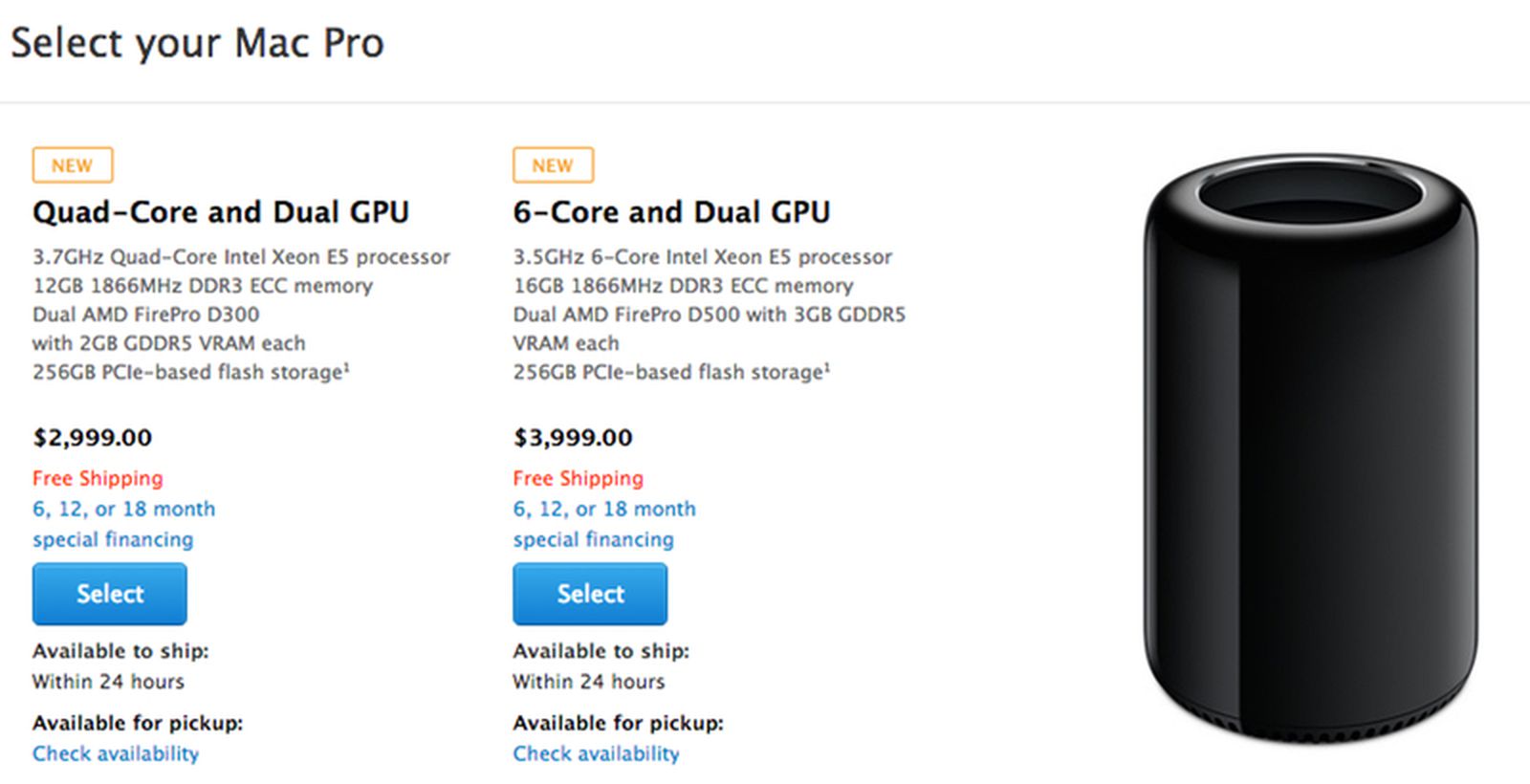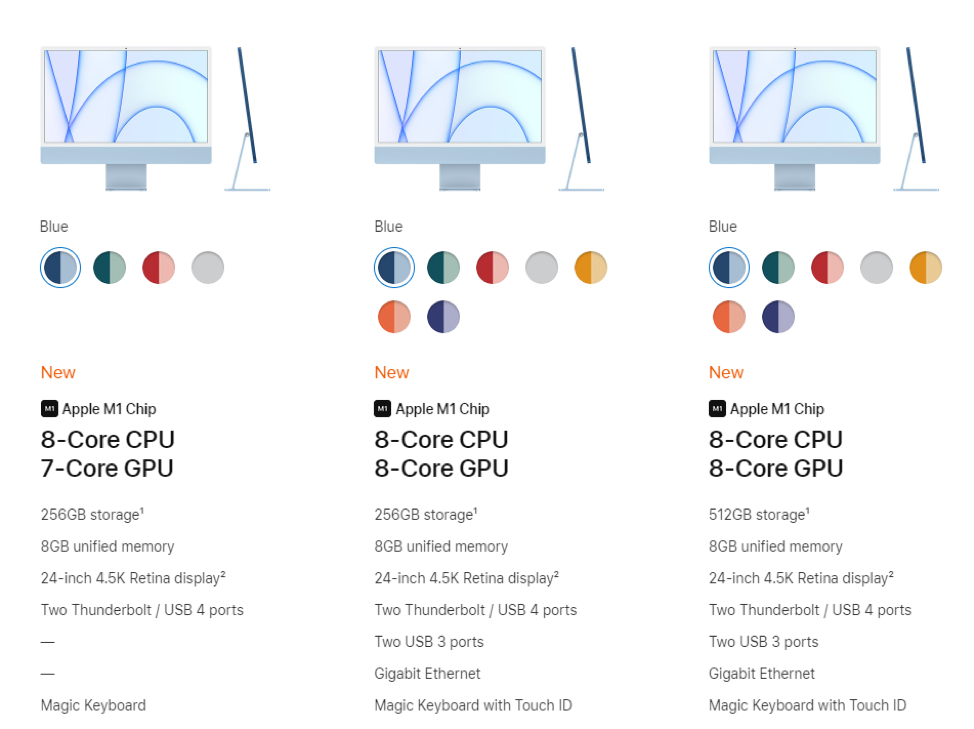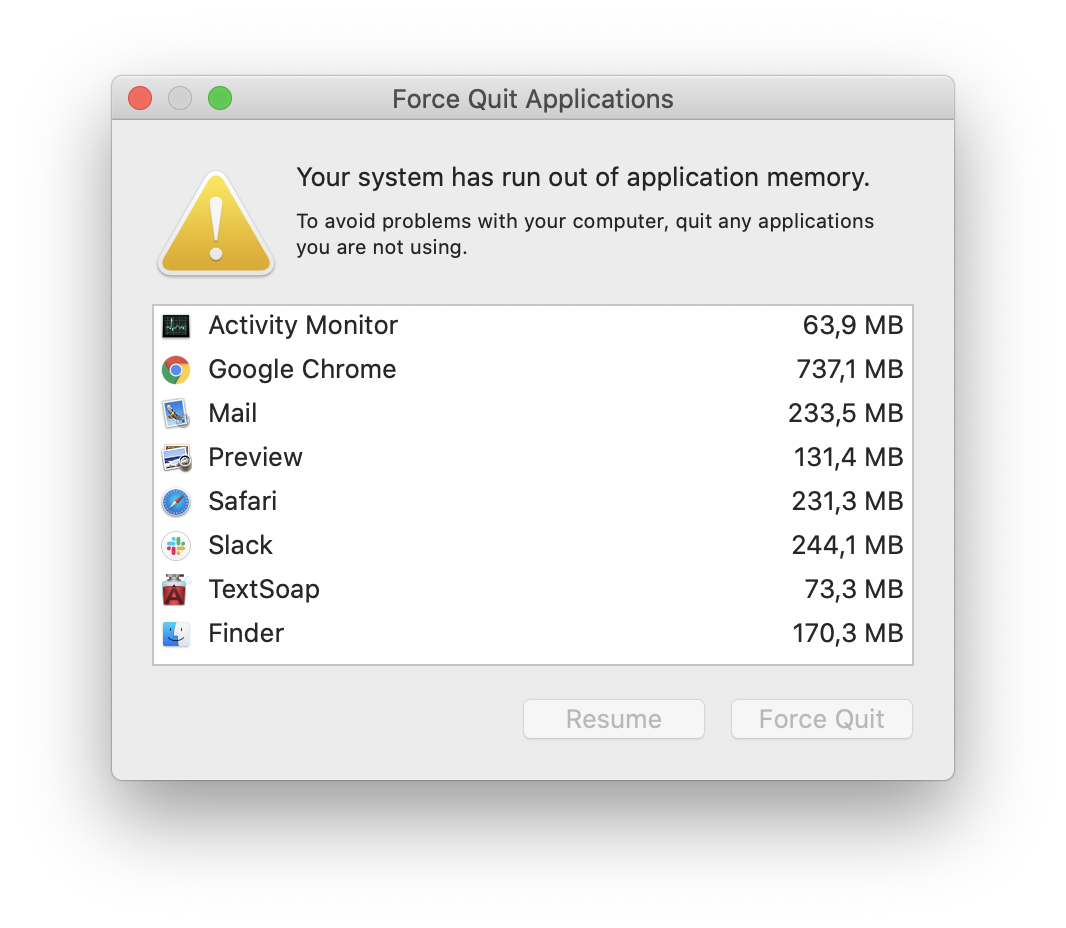- Delete Cache Files. Deleting cache files will help free up some of your memory, but this is not something a beginner should do. The Cache folder contains some system files that are important for your Mac to run properly, so you should know which files to delete and which ones to keep.
- Since 1988, OWC has specialized in 100% Apple-compatible memory upgrades for nearly any Mac. To make memory installation as stress-free and straightforward as possible, we offer step-by-step installation videos to walk users through the upgrade process. We also provide expert technical support to assist you if any issues arise.
- If you are low on memory and your Mac is going slow, you can quickly free up some memory in a single click. If you want even more features (like a pie chart and menu bar customization options) you can upgrade to the Pro version, but if you’re just looking to increase your free memory whenever needed the free version is perfect.
- Memory Cleaner For Mac
- Free Computer Memory Download
- Free Memory Macbook Pro
- Check Mac Memory Usage
- Free Memory Pro Mac Computers
What is 'Your computer is low on memory'?
'Your computer is low on memory' is a deceptive pop-up window displayed by rogue applications (e.g. adware, browser hijackers or other Potentially Unwanted Applications - PUAs). It is displayed by ScreenSaver.app, ScreenCapture.app, Spaces.app, MacSecurityPlus and other dubious apps.

In the Activity Monitor app on your Mac, click Memory (or use the Touch Bar) to see the following in the bottom of the window: Memory Pressure: Graphically represents how efficiently your memory is serving your processing needs. Memory pressure is determined by the amount of free memory, swap rate, wired memory, and file cached memory.
The pop-up is designed to trick users into giving the application displaying it various permissions such as control over browsers and the data stored therein.
The text presented in the pop-up claims that the computer is low on memory and suggests that the user close some opened applications to free up memory. This pop-up hides another window, and thus the 'Close' button of the first window is also the consent option of the next pop-up.
Therefore, when 'Close' is clicked, users unintentionally click the hidden button as well. The disguised pop-up is a system window through which the rogue application displays requests to allow potentially harmful capabilities/actions. For example, in this deceptive manner, the app might request permission to control the browser (e.g. Google Chrome, Safari, etc.).
Once such access is allowed, the app behind this pop-up can gain access to documents and data stored on the browser, and then misuse it in various ways. Furthermore, 'Your computer is low on memory' is displayed when users attempt to uninstall the application displaying it.
Therefore, if you encounter this pop-up, you are strongly advised to immediately remove the app responsible for it.
PUAs such as ScreenSaver.app, ScreenCapture.app, Spaces.app, and MacSecurityPlus display 'Your computer is low on memory'. These unwanted applications have various dangerous capabilities.
Adware-types display intrusive ads (e.g. pop-ups, banners, surveys, coupons, etc.), which significantly diminish the browsing experience by limiting browsing speed and website visibility. Additionally, when these ads are clicked, they redirect to sale-based, untrusted, compromised, deceptive/scam and malicious sites.
They can also be triggered (by clicking them) to download/install content (e.g. PUAs) without users' consent. Other unwanted apps called browser hijacker modify browsers, restrict or deny access to settings and promote fake search engines. Most PUAs (regardless of other capabilities) can track data.
They can monitor browsing activity (URLs visited, pages viewed, search queries typed, etc.) and gather users' personal information derived from it (IP addresses, geolocations and other details). This collected data is shared with third parties (potentially, cyber criminals) seeking to generate revenue by misusing it.
To summarize, rogue apps can cause browser and system infiltration/infections, lead to serious privacy issues, financial loss and even identity theft. To ensure device and user safety, remove all suspicious applications and browser extensions/plug-ins immediately upon detection.
| Name | 'Your computer is low on memory' pop-up |
| Threat Type | Phishing, Scam, Mac malware, Mac virus. |
| Fake Claim | Pop-up claims the device is low on memory. |
| Detection Names (rogue installation setup) | Emsisoft (Gen:Variant.Application.MAC.Koiot.939 (B)), BitDefender (Gen:Variant.Application.MAC.Koiot.939), ESET-NOD32 (OSX/Adware.MaxOfferDeal.M), Kaspersky (Not-a-virus:HEUR:AdWare.OSX.Ketin.d), Full List (VirusTotal) |
| Symptoms | Your Mac becomes slower than normal, you see unwanted pop-up ads, you are redirected to dubious websites. |
| Distribution methods | Deceptive pop-up ads, free software installers (bundling), fake Flash Player installers, torrent file downloads. |
| Damage | Internet browser tracking (potential privacy issues), display of unwanted ads, redirects to dubious websites, loss of private information. |
| Malware Removal (Mac) | To eliminate possible malware infections, scan your Mac with legitimate antivirus software. Our security researchers recommend using Combo Cleaner. |
An example of a pop-up displayed due to rogue apps is '* will damage your computer. You should move it to the Trash.', which is caused by Helperamc, Hlpradc, Smbstrhlpr, Helpermcp and others. While unwanted applications do not need express user permission to infiltrate devices, they can also be promoted by various deceptive/scam web pages.
They are promoted as legitimate and useful software with a broad array of features, but despite how good these offers may sound, they are typically nonoperational. PUAs can cause serious problems. These apps are simply used to generate profit for the developers.
PUAs run intrusive advertisement campaigns, force-open all kinds of untrusted and malicious websites, hijack browsers and collect private data.
How did potentially unwanted applications install on my computer?
PUAs proliferate via the download/install set-ups of other software. The deceptive marketing method of pre-packing normal products with unwanted or malicious additions is called 'bundling'.
Memory Cleaner For Mac
Rushing download/installation processes (e.g. skipping steps and sections, using pre-set options) endangers devices with potential infiltration and infections. Some PUAs have 'official' download pages. When clicked, intrusive ads can stealthily download/install PUAs.
How to avoid installation of potentially unwanted applications

All products should be researched before download/installation and/or purchase. Use only official and verified download channels. Download sources such as free file-hosting sites, P2P sharing networks (BitTorrent, eMule, Gnutella, etc.) and other third party downloaders are untrusted and should be avoided.
When downloading/installing, you are advised to read the terms, explore available options, use the 'Custom/Advanced' options and opt-out of all additions (apps, tools, features and so on). Intrusive ads usually seem legitimate and harmless, however, they can redirect to dubious web pages (e.g. gambling, pornography, adult-dating and others).
If you encounter these advertisements/redirects, check the system and remove all suspect applications and/or browser extensions/plug-ins without delay. If your computer is already infected with PUAs, we recommend running a scan with Combo Cleaner Antivirus for macOS to automatically eliminate them.
Free Computer Memory Download
Text presented in the pop-up window:
Your computer is low on memory.
To free up some memory, please close a few applications.
Another example of 'Your Computer Is Low On Memory' pop-up message:
Screenshot of a rogue installation setup, promoting applications that display 'Your computer is low on memory' pop-up:
IMPORTANT NOTE! Most rogue applications are hidden deep within the system and do not appear on any list of installed software. Therefore, the removal process might be complicated. Taking the aforementioned ScreenCapture.app as an example:
1) Navigate to the '~/Library/Application Support/.screencapture/' directory, right-click on the 'ScreenCapture' application, and select 'Show Package Contents':
2) Navigate to the 'Contents/MacOS' directory and delete the 'ScreenCapture' application:
3) Once the previous steps are performed, the process associated with the ScreenCapture application will no longer be automatically re-started and you will be able to easily terminate it and remove the remaining application files:
4) After removing the ScreenCapture application, navigate to the '/Users/Test/Library/Application Support' directory and enable the display of hidden directories. Then, search for a directory with a dubious name (e.g., '.helper', '.dir', or similar), which contains an application called 'Finder'.
Once located, this entire directory must be deleted. Note that MacOS actually has a genuine Finder application. Yet, the malicious version has a completely different icon (typically, a Terminal logo) and criminals simply use this as a disguise:
Instant automatic Mac malware removal:Manual threat removal might be a lengthy and complicated process that requires advanced computer skills. Combo Cleaner is a professional automatic malware removal tool that is recommended to get rid of Mac malware. Download it by clicking the button below:
▼ DOWNLOAD Combo Cleaner for MacBy downloading any software listed on this website you agree to our Privacy Policy and Terms of Use. To use full-featured product, you have to purchase a license for Combo Cleaner. Limited seven days free trial available. Combo Cleaner is owned and operated by Rcs Lt, the parent company of PCRisk.com read more.
Quick menu:
- STEP 1. Remove PUA related files and folders from OSX.
- STEP 2. Remove rogue extensions from Safari.
- STEP 3. Remove rogue add-ons from Google Chrome.
- STEP 4. Remove potentially unwanted plug-ins from Mozilla Firefox.
Video showing how to remove adware and browser hijackers from a Mac computer:
Potentially unwanted applications removal:
Remove potentially unwanted applications from your 'Applications' folder:
Click the Finder icon. In the Finder window, select 'Applications'. In the applications folder, look for 'MPlayerX','NicePlayer', or other suspicious applications and drag them to the Trash. After removing the potentially unwanted application(s) that cause online ads, scan your Mac for any remaining unwanted components.
Combo Cleaner checks if your computer is infected with malware. To use full-featured product, you have to purchase a license for Combo Cleaner. Limited seven days free trial available. Combo Cleaner is owned and operated by Rcs Lt, the parent company of PCRisk.com read more.
Remove 'your computer is low on memory' pop-up related files and folders:
Click the Finder icon, from the menu bar. Choose Go, and click Go to Folder...
Check for adware-generated files in the /Library/LaunchAgents folder:

In the Go to Folder... bar, type: /Library/LaunchAgents
In the “LaunchAgents” folder, look for any recently-added suspicious files and move them to the Trash. Examples of files generated by adware - “installmac.AppRemoval.plist”, “myppes.download.plist”, “mykotlerino.ltvbit.plist”, “kuklorest.update.plist”, etc. Adware commonly installs several files with the same string.
Check for adware generated files in the /Library/Application Support folder:
In the Go to Folder... bar, type: /Library/Application Support
In the “Application Support” folder, look for any recently-added suspicious folders. For example, “MplayerX” or “NicePlayer”, and move these folders to the Trash.
Check for adware-generated files in the ~/Library/LaunchAgents folder:
In the Go to Folder bar, type: ~/Library/LaunchAgents
In the “LaunchAgents” folder, look for any recently-added suspicious files and move them to the Trash. Examples of files generated by adware - “installmac.AppRemoval.plist”, “myppes.download.plist”, “mykotlerino.ltvbit.plist”, “kuklorest.update.plist”, etc. Adware commonly installs several files with the same string.
Check for adware-generated files in the /Library/LaunchDaemons folder:
In the Go to Folder... bar, type: /Library/LaunchDaemons
In the “LaunchDaemons” folder, look for recently-added suspicious files. For example “com.aoudad.net-preferences.plist”, “com.myppes.net-preferences.plist”, 'com.kuklorest.net-preferences.plist”, “com.avickUpd.plist”, etc., and move them to the Trash.
Scan your Mac with Combo Cleaner:
If you have followed all the steps in the correct order you Mac should be clean of infections. To be sure your system is not infected run a scan with Combo Cleaner Antivirus. Download it HERE. After downloading the file double click combocleaner.dmg installer, in the opened window drag and drop Combo Cleaner icon on top of the Applications icon. Now open your launchpad and click on the Combo Cleaner icon. Wait until Combo Cleaner updates it's virus definition database and click 'Start Combo Scan' button.
Combo Cleaner will scan your Mac for malware infections. If the antivirus scan displays 'no threats found' - this means that you can continue with the removal guide, otherwise it's recommended to remove any found infections before continuing.

After removing files and folders generated by the adware, continue to remove rogue extensions from your Internet browsers.
'Your computer is low on memory' pop-up removal from Internet browsers:
Remove malicious extensions from Safari:
Remove 'your computer is low on memory' pop-up related Safari extensions:
Open Safari browser, from the menu bar, select 'Safari' and click 'Preferences...'.
In the preferences window, select 'Extensions' and look for any recently-installed suspicious extensions. When located, click the 'Uninstall' button next to it/them. Note that you can safely uninstall all extensions from your Safari browser - none are crucial for normal browser operation.
- If you continue to have problems with browser redirects and unwanted advertisements - Reset Safari.
Free Memory Macbook Pro
Remove malicious plug-ins from Mozilla Firefox:
Remove 'your computer is low on memory' pop-up related Mozilla Firefox add-ons:

Open your Mozilla Firefox browser. At the top right corner of the screen, click the 'Open Menu' (three horizontal lines) button. From the opened menu, choose 'Add-ons'.
Choose the 'Extensions' tab and look for any recently-installed suspicious add-ons. When located, click the 'Remove' button next to it/them. Note that you can safely uninstall all extensions from your Mozilla Firefox browser - none are crucial for normal browser operation.
Check Mac Memory Usage
- If you continue to have problems with browser redirects and unwanted advertisements - Reset Mozilla Firefox.
Remove malicious extensions from Google Chrome:
Free Memory Pro Mac Computers
Remove 'your computer is low on memory' pop-up related Google Chrome add-ons:
Open Google Chrome and click the 'Chrome menu' (three horizontal lines) button located in the top-right corner of the browser window. From the drop-down menu, choose 'More Tools' and select 'Extensions'.
In the 'Extensions' window, look for any recently-installed suspicious add-ons. When located, click the 'Trash' button next to it/them. Note that you can safely uninstall all extensions from your Google Chrome browser - none are crucial for normal browser operation.
- If you continue to have problems with browser redirects and unwanted advertisements - Reset Google Chrome.